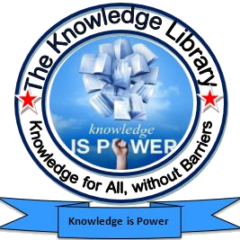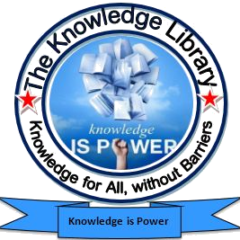Lichens are unique organisms resulting from a symbiotic relationship between fungi and photosynthetic organisms, such as algae or cyanobacteria. This association is known as mutualism, where both partners benefit from the relationship.
Key features of lichens include:
1. **Composite Organisms**: Lichens are not single organisms but rather symbiotic associations between fungal partners (mycobiont) and photosynthetic partners (photobiont). The fungal partner provides a protective structure and absorbs water and nutrients from the environment, while the photosynthetic partner produces organic compounds through photosynthesis, providing energy for the fungus.
2. **Habitats**: Lichens are found in diverse habitats worldwide, ranging from polar regions to deserts, forests, grasslands, and rocky outcrops. They can colonize a wide variety of substrates, including rocks, soil, tree bark, leaves, and even man-made structures such as buildings and tombstones.
3. **Growth Forms**: Lichens exhibit a variety of growth forms, including crustose (flat and crust-like), foliose (leaf-like), fruticose (branched and bushy), and squamulose (scale-like). The growth form is influenced by factors such as environmental conditions, substrate type, and the specific fungal and photosynthetic partners involved.
4. **Environmental Indicators**: Lichens are highly sensitive to environmental conditions and are often used as indicators of air quality, pollution, and habitat disturbance. Some lichen species are highly tolerant of pollution and can thrive in urban environments, while others are sensitive to air pollutants and serve as bioindicators of environmental health.
5. **Secondary Metabolites**: Lichens produce a wide variety of secondary metabolites, including pigments, acids, antibiotics, and antioxidants. These compounds serve various ecological functions, such as protection against herbivores, pathogens, and UV radiation, as well as chemical defense against competitors and allelopathy (inhibition of neighboring plants).
6. **Ecological Roles**: Lichens play important ecological roles in terrestrial ecosystems, contributing to soil formation, nutrient cycling, nitrogen fixation, and microclimate regulation. They provide habitat and food for a variety of organisms, including insects, birds, and mammals, and serve as food sources for some cultures and wildlife species.
Overall, lichens are fascinating organisms with unique ecological and evolutionary adaptations. Their symbiotic lifestyle, environmental sensitivity, and diverse ecological functions make them valuable subjects of study in fields such as ecology, biology, conservation, and environmental science.



 Users Today : 122
Users Today : 122 Total views : 693067
Total views : 693067